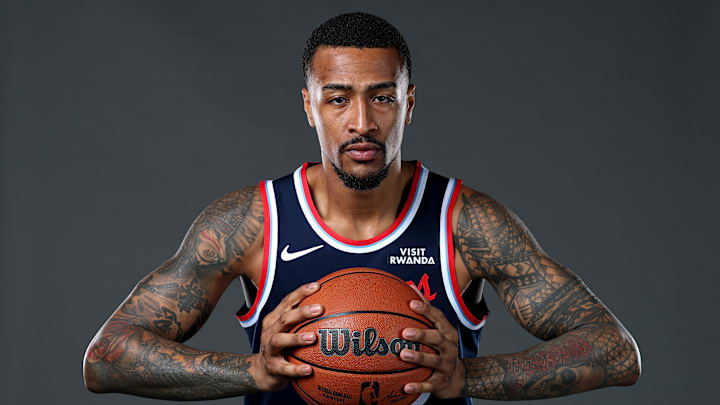The LA Clippers have been diligent in their efforts to put the finishing touches on a roster that continues to flirt with contending but never quite reaches that status. It's brought back franchise great Chris Paul, added an NBA champion in Brook Lopez, and acquired an All-Star in Bradley Beal.
The Clippers' most important roster addition, however, is one that will test how important fit is for a player whose on-paper brilliance hasn't led to critical acclaim: John Collins.
Collins, 28, has spent the past eight seasons producing impressive statistics with the Atlanta Hawks and Utah Jazz. He's been everything from a walking double-double to a high-level floor-spacing big, each time displaying the capacity for intriguing offensive exploits.
Despite his high-level production, Collins is often written off in regard to the best power forwards in the NBA—a narrative he'll have a chance to rewrite with the Clippers.
In 2025-26, Collins will take on a role that's different from any he's played before. It's fair to assume that Beal, James Harden, and Kawhi Leonard will be ahead of him as far as shot distribution is concerned, thus empowering Collins to prioritize defense rather than scoring.
In the process, Collins and the Clippers will answer an essential question about how important fit truly is for a player whose talent is undeniable but whose staying power is losing its strength.
John Collins will test how important fit is for a player in limbo
On the surface, Collins is everything a head coach could want from a power forward. He's productive, athletic, efficient, and well-rounded, capable of contributing in multiple phases of the game while providing the volume necessary to make him a starter.
It's been five years since he averaged 21.6 points and 10.1 rebounds per game for the Hawks, however, and his reputation isn't quite what it used to be.
It's an admittedly polarizing truth, as his offense was always his calling card and it hasn't exactly fallen apart. Over the past four seasons, he's averaged 15.9 points, 7.6 rebounds, 1.4 assists, 1.0 block, and 1.2 three-point field goals made on .531/.361/.814 shooting in just 29.6 minutes per game.
Those numbers translate to 19.3 points, 9.3 rebounds, 1.7 assists, 1.2 blocks, and 1.5 three-point field goals made per 36 minutes—the type of production teams can only dream of from a non-star 4.
In 2024-25, Collins effectively translated that production to a per-game basis. Injuries limited him to 40 appearances, but he averaged 19.0 points, 8.2 rebounds, 2.0 assists, 1.0 block, 1.0 steal, and 1.5 three-point field goals made on .527/.399/.848 shooting.
This all calls one simple question into the spotlight: How exactly can the Clippers help restore Collins' reputation in 2025-26? Or perhaps it's a different question altogether: How can Collins help himself?
That's where the matter of fit comes in. In Los Angeles, Collins will be tasked with defending at a high level, sharing a frontcourt with a borderline All-Star center in Ivica Zubac, and displaying a willingness to contribute in ways other than scoring.
The question is: How good of a fit for a defensive-minded role is an offensive-minded player known more for what they can do as a scorer than how they can prevent opponents from finding the bottom of the net?
